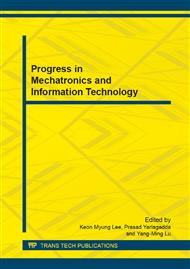p.438
p.443
p.448
p.452
p.458
p.462
p.466
p.472
p.476
A Community Detection Algorithm Based on Node Degree Difference and Node Similarity
Abstract:
This paper proposes an algorithm called DDSCDA, which is based on the concepts of the node degree difference and the node similarity. In the algorithm, we iteratively extract the node from the network with larger degree and certified the node as a kernel node, then take the kernel node as the founder or initiator of a community to attract its neighbors to join in that community; by doing so, we obtain a partition corresponding to a coarse-grained community structure of the network. Finally taken the coarse-grained community as a starting point, we use the strategy of LPA to propagate labels through the network further. At the end of the algorithm, we obtain the final community structure. We compared the performance with classical community detection algorithms such as LPA, LPAm, FastQ, etc., the experimental results have manifested that our proposal is a feasible algorithm, can extract higher quality communities from the network, and outperforms the previous algorithms significantly.
Info:
Periodical:
Pages:
458-461
Citation:
Online since:
November 2013
Authors:
Price:
Сopyright:
© 2014 Trans Tech Publications Ltd. All Rights Reserved
Share:
Citation:


